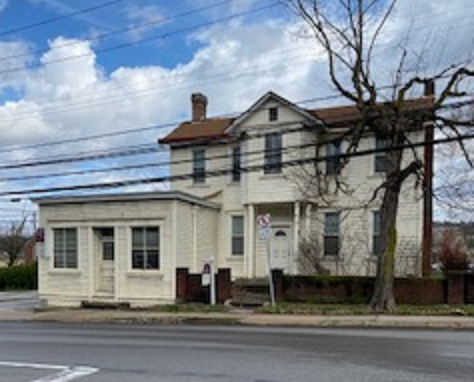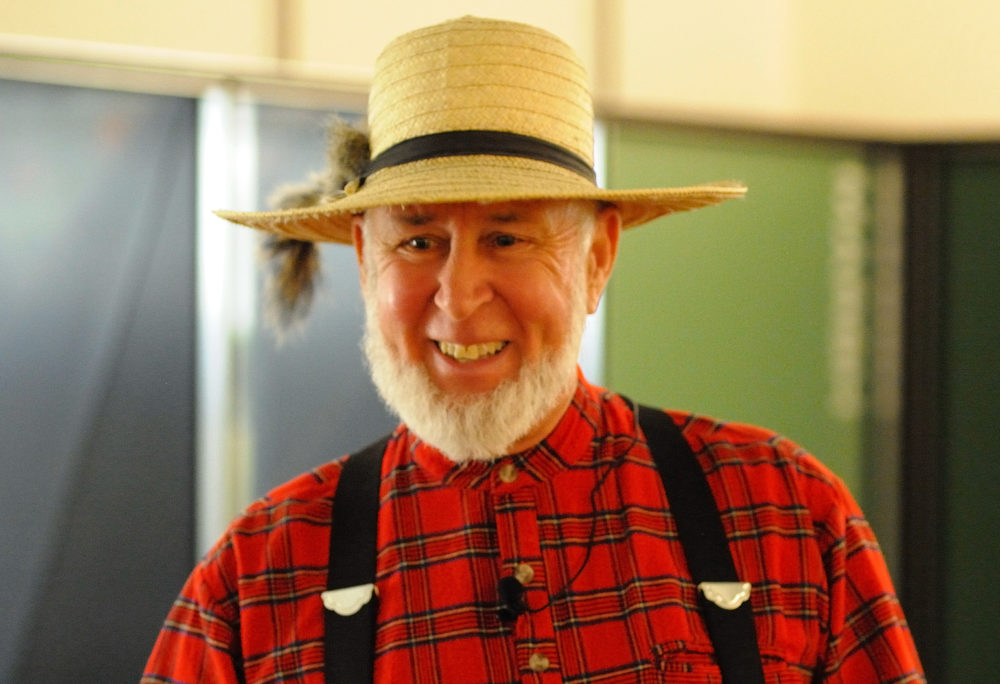
Duffy’s store, at the corner of Steuben and Thomas Streets, was a fixture of my childhood. I spent countless hours in that tiny one-room space between the ages of ten and sixteen.They were hours well spent.
The “store” was actually an additional room that had been built on to the house owned by Frank Duffy. It sort of stuck out of the corner of what was then a well kept mid-1800s frame house, one of the oldest houses in the Borough. The addition fronted right on the sidewalk, and was obviously placed to be easily accessed by passers-by.
My parents moved back to Crafton – my dad had been born in the “Idlewood” section many years earlier – in the early summer of 1954. As a ten year old boy, what could be finer than a street that had a candy store right on the corner? There was a “Dairy Queen”, owned by Al and Suzy, right across the street too, but you couldn’t get much for a nickel or dime there. The DQ was where you went when parents or visiting relatives gave you special money for a treat. I recall finding a five-dollar bill once up in Ingram park, and I treated the whole gang at the DQ, but Duffy’s little store was where the bulk of a kid’s disposable income ended up.
It wasn’t solely a candy store, there were the usual bread and milk type groceries too, although the glass cases of penny treats and five-cent candy bars were the major attraction to kids my age. The gum-ball machines were right up there too, and coming in a close third was the pop cooler. A bottle of soda-pop was only a dime, if you drank it there; otherwise there was a two-cent deposit. We kids would find discarded pop bottles and return them for deposit, but Mrs. Aschman (see below) seemed to know which bottles might have been sold there, and wouldn’t give you the two-cents for a “strange” one.
The Duffys owned the store. They were the closest thing to rich people Thomas Street had to offer. The house fronted on Steuben, but Mr. Duffy had to turn the corner onto Thomas to get to his garage. He always drove bigger and fancier cars than anybody else on our street so he must have been rich. But what really confirmed his status in the opinion of we Thomas Street urchins was his infrequent but regular habit of flinging a handful of small change out his car window as he turned into the driveway to his garage. This prompted us to always be on the lookout for those big white Chrysler products he favored. The call of “Duffy, Duffy!” would bring every kid within ear shot coming on the run. It was mostly pennies and nickels, with a few dimes and an occasional quarter thrown in. He seemed to enjoy the scramble that would ensue, and of course the money didn’t get taken home to be put into piggy banks by thrifty young future business people of America. It went promptly right up the steps to Duffy’s Store, where it quickly crossed the counter, along with a few other coins from the recesses of our pockets as well.
The store was presided over, not by a Duffy, but by old Mrs. Aschman. Years later I learned that she and her brother Edward had emigrated to this country with their parents, escaping from Nazi Germany before World War II. But in those years I only knew that she was a stern presence, and not about to put up with any shenanigans. She did not tolerate loitering. You had better give serious indication of eventually buying something.
In the mid-fifties, the steel pennies that had been minted by the federal government in 1943 were still encountered pretty frequently. For whatever reason, Mrs. Aschman refused to accept these. She simply said they were not legal money, and there was no higher court to which one could appeal. We tried slipping them in with other pennies, but to no avail. She knew what she was putting in her cash drawer. The gum-ball machines didn’t know about 1943 pennies. They accepted them as readily as 1944 or 1954 or any other year. It was one of our joys to torment Mrs. Aschman by making a show of putting a steel penny into the gum-ball machine. She of course didn’t want us doing that either, and in fact would practically leap over the counter in her attempt to stop us from committing this crime. But we were too quick. She could still exact her retribution for this evil however. Among the many chewing-gum balls in the machine were special ones with stripes around them — these were called “Winners”, and could be traded in for a nickel’s worth of candy, or a five-cent candy bar. If you got a “winner” by using a steel penny you might as well chew it — Mrs. Aschman wasn’t going to trade it in for anything! Tormenting her wasn’t really all that great, so we learned to slip a steel penny into the gum-ball machine with no fanfare. We were really pretty good kids and would rather eat candy than tease old ladies.
Those hours in Duffy’s store were always pleasant ones, and always will be in my memory book!
The photo at the top of the page, taken in 2020, shows the Duffy’s house, and the “store” at its corner. It is long out of business, but still there prompting memories by any of we former “Thomas Street Urchins” who spent our candy or pop money in that small but memorable place.
